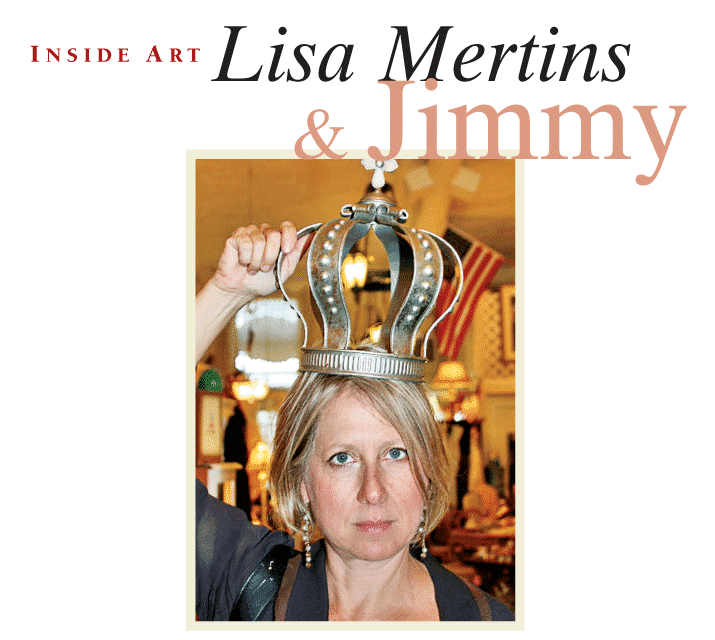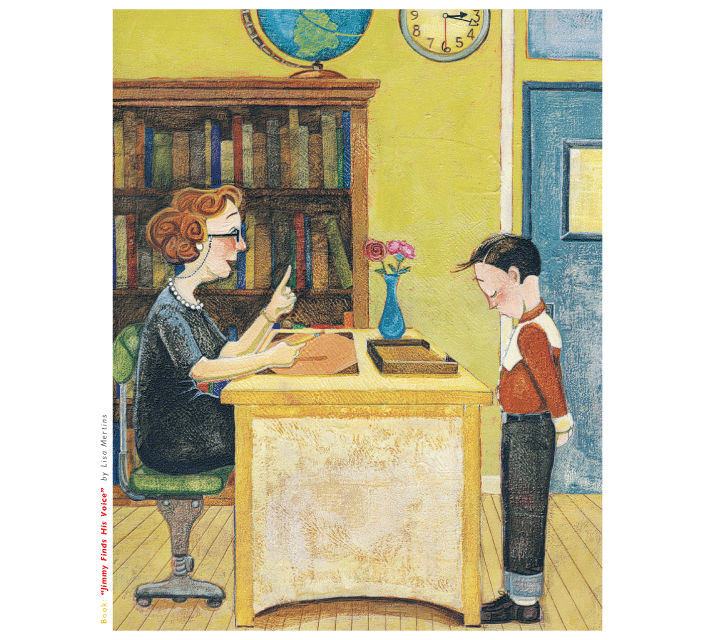
She Only Wants You for Your Score: Credit Score Dating
[vc_row][vc_column][vc_custom_heading text=”She Only Wants You for Your Score: Credit Score Dating”][vc_single_image image=”532″ img_size=”full”][/vc_column][/vc_row][vc_row][vc_column][vc_column_text]When it comes to love, dating and marriage, your figure is important, particularly if you’re a woman. A recent study “discovered” that men find women with an hourglass figure – those with bust, waist and hips measurements with ratios in the neighborhood of 36-24-36 — more attractive. Shocking, I know.
An equally surprising study revealed that women are just as superficial, they just have different priorities. Here’s the bombshell. If you’re a guy, height and a six-figure salary work wonders with the ladies.
The Figure That Really Turns Her On

However, another figure is becoming increasingly important for single ladies seeking a relationship: your credit score.
According to a study by freecreditscore.com, an affiliate of Experian, 75 percent of women and 57 percent of men considered credit scores an important factor when evaluating a potential mate.
It may seem unromantic, cold or even outrageous to consider somebody’s credit score when deciding something as intimate and important as marriage. However, according to the same freecreditscore.com study mentioned above, women view financial responsibility (95 percent) and paying bills on time (92 percent) as the top financial attributes when evaluation a romantic relationship. A credit score just happens to be an excellent tool for determining whether someone possesses those attributes
Credit Score Dating is a Thing Now

Several small dating websites, such as creditscoredating.com and datemycreditscore.com, are riding this trend by requiring members to self-report their credit score as part of their profile. Users can then search or filter candidates based on their credit score.
Creditscoredating.com even provides a cheat sheet to help members assess the credit score of potential dates. Here’s a lightly edited version of it.
850 or higher: Start planning the wedding.
Anything above 750: Take him to see your parents.
700 to 750: Has potential as a fixer-upper.
650 to 700: One night out material, but bring your own cash.
600 to 650: Keep on looking.
Below 600: Run! They couldn’t even get a car loan.
Heartless, utilitarian and materialistic? Maybe, but it’s hard to argue with the logic. Dating, not to mention marrying, someone with a poor credit has serious consequences. Sometimes your credit score is more relevant to your financial health than your current salary or even your bank balance, particularly if you’re young or just starting a new career.
Your credit score determines whether you will qualify for a mortgage, a car loan, a lease, or even get a job. Banks will usually shy away from customers with a score of 660 and below. Even an average credit score (700 to 750) could mean your apartment lease application is rejected or you don’t qualify for the best interest rates and insurance premiums reserved for customers with good to excellent scores (750 to 850).
A Low Credit Score Could Be a Deal Breaker

“Save both time and money; run a credit check on them. A score below 700 is a no-go for marriage.” That was the advice of a reader, Eric Jones, in response to an article on online dating published by Freakonomics.com.
One in four men and women agree with Eric and consider a poor credit score a deal breaker when considering marriage.
So, if you’re a single guy looking for anything more serious than a quick fling, working on a 750+ credit score is a much better investment of your time than pursuing a perfect six-pack.
Money, and Credit, Matters

Obviously, a credit score is just a number.
It cannot define a person, and there are many reasons why a perfectly suitable partner may have a less than sterling score. Also, let’s not confuse being thrifty and paying your bills on time with being obsessed with money. Actually, a recent study of 1,734 married couples found that couples who don’t value money very highly score 10 to 15 percent higher on marriage stability and relationship quality than couples where one or both are materialistic. I know, another shocker: materialistic people don’t make the best marriage partners.
Nevertheless, credit scores do provide a useful snapshot of a person’s spending habits. And if you have to filter potential marriage partners, it does seem fairer to use figures they have more control over than their height, or waist-to-hip ratio.
My fellow writer Julie Bawden-Davis shares a few questions to ask your partner before getting married, #1 being if he or she has any credit card debt. These days, it’s unlikely that someone doesn’t have credit card debt, but getting the conversation started can save a lot of stress in the long run.
The hard truth is that money matters in relationships. A lot. Arguing about money, not children, sex, religion, politics, the in-laws, or even whose turn it is to do the dishes, is the number one cause of divorce. The same study also concluded that money arguments were both longer and more intense than all other marital squabbles.
In other words, choosing a partner that has similar views about money and budgeting is a smart move that can avoid a lot of heartache down the road. Protecting yourself financially is always a smart move.
This article was written by staff writer Andrew Latham. His mission is to help fight your evil debt blob and get your personal finances in tip top shape.[/vc_column_text][/vc_column][/vc_row]







































 When it comes to financing for flipping houses, De Meire has used just about every financing avenue available. “There are many ways to acquire and finance property. Don’t limit yourself to the traditional loans for flipping houses. I’ve done it all.”
When it comes to financing for flipping houses, De Meire has used just about every financing avenue available. “There are many ways to acquire and finance property. Don’t limit yourself to the traditional loans for flipping houses. I’ve done it all.”


 Once the lender determines how much you can borrow and the interest rate you qualify for, most lenders will provide a letter that states this information. You can show this letter to a real estate agent looking for a home on your behalf, so he or she can guide you to homes in your price range.
Once the lender determines how much you can borrow and the interest rate you qualify for, most lenders will provide a letter that states this information. You can show this letter to a real estate agent looking for a home on your behalf, so he or she can guide you to homes in your price range.



































